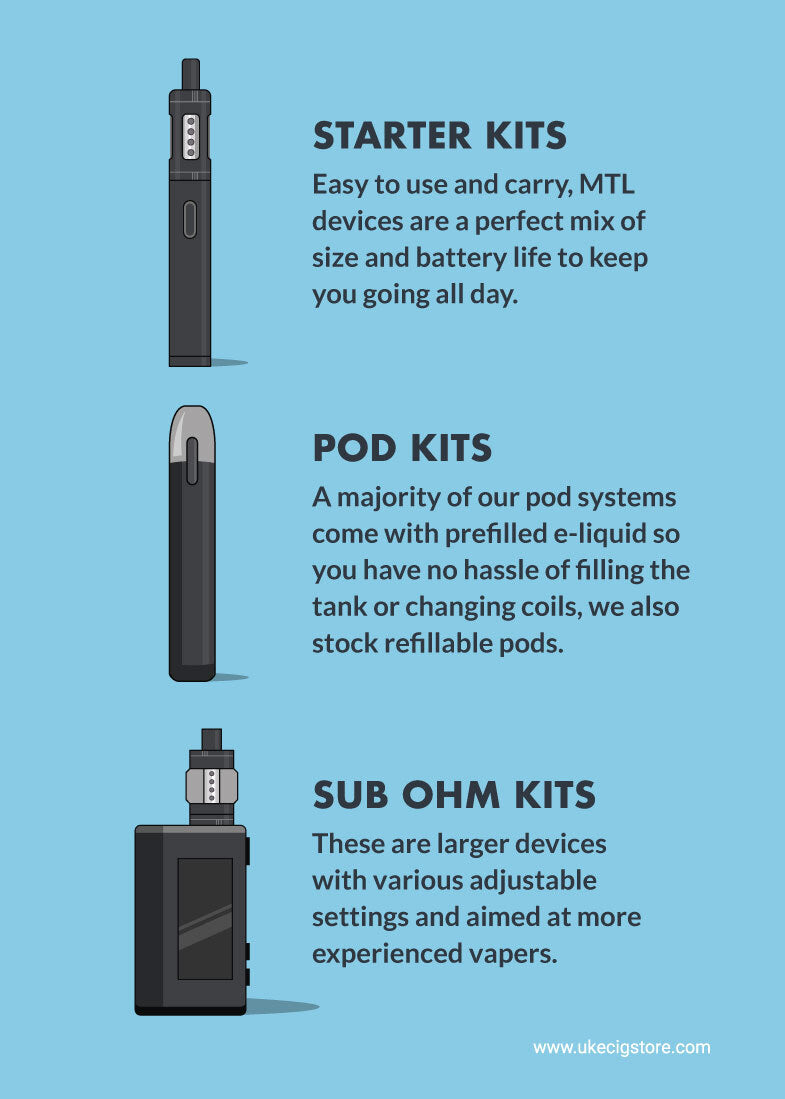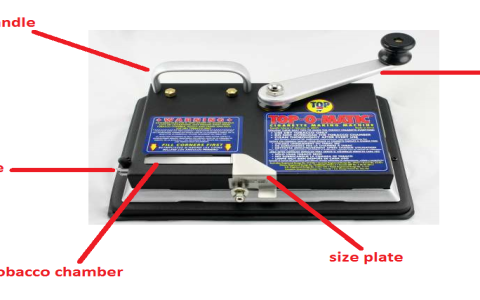Electronic cigarette filler, commonly known as e-liquid or e-juice, is the fluid vaporized by an electronic cigarette to produce an aerosol, which is then inhaled. It is a fundamental component of the vaping experience, determining flavor, vapor production, and nicotine delivery.
Core Components of E-liquid
E-liquids typically consist of several key ingredients, each playing a specific role:

- Propylene Glycol (PG): A colorless, odorless liquid used as a primary base. PG is effective at carrying flavor and provides a sensation known as “throat hit,” which can mimic the feeling of tobacco smoke.
- Vegetable Glycerin (VG): A thicker, slightly sweet liquid derived from vegetable oils. VG is primarily responsible for producing dense vapor clouds. Higher VG content generally results in smoother inhales and more substantial vapor.
- Nicotine: An optional stimulant. E-liquids are available in various nicotine strengths, ranging from nicotine-free (0mg/mL) to high concentrations. Nicotine in e-liquids can be in freebase form or as nicotine salts.
- Flavorings: Food-grade flavor concentrates are added to create a wide array of tastes. These can range from tobacco and menthol profiles to fruit, dessert, beverage, and candy flavors.
Types of E-liquid Based on Nicotine Formulation
The formulation of nicotine significantly impacts the user’s experience:
- Freebase Nicotine E-liquids: This is the traditional form of nicotine used in most e-liquids. It generally provides a more noticeable throat hit, especially at higher nicotine concentrations. It is often preferred by users seeking this sensation and is suitable for a wide range of devices, particularly those operating at higher power.
- Nicotine Salt E-liquids (Nic Salts): Nicotine salts are a newer formulation where nicotine is bonded with an organic acid. This typically results in a smoother throat hit even at higher nicotine concentrations, allowing for more efficient nicotine delivery. Nic salts are commonly used in lower-power, pod-based systems and are often favored by individuals transitioning from smoking.
Key Considerations When Selecting E-liquid
Choosing the appropriate e-liquid involves several critical factors:
- Nicotine Strength: This should be selected based on individual needs, such as previous smoking habits or desired nicotine intake. Strengths vary widely, and starting too high or too low can lead to an unsatisfactory experience.
- PG/VG Ratio: The balance between Propylene Glycol and Vegetable Glycerin affects throat hit, vapor production, and e-liquid viscosity.
- Higher PG ratios (e.g., 50/50, 60/40 PG/VG) offer stronger throat hit and flavor clarity, suitable for mouth-to-lung (MTL) devices.
- Higher VG ratios (e.g., 70/30, 80/20 VG/PG) produce larger vapor clouds and a smoother inhale, ideal for direct-to-lung (DTL) sub-ohm devices. High VG liquids are thicker and may not wick efficiently in all devices.
- Flavor Profile: With an extensive variety of flavors available, personal preference is paramount. It may require some experimentation to identify preferred taste profiles.
- Device Compatibility: Ensure the chosen e-liquid’s PG/VG ratio and nicotine type are suitable for the specific vaping device being used to ensure optimal performance and coil longevity.










